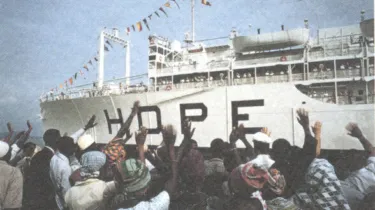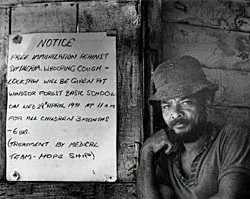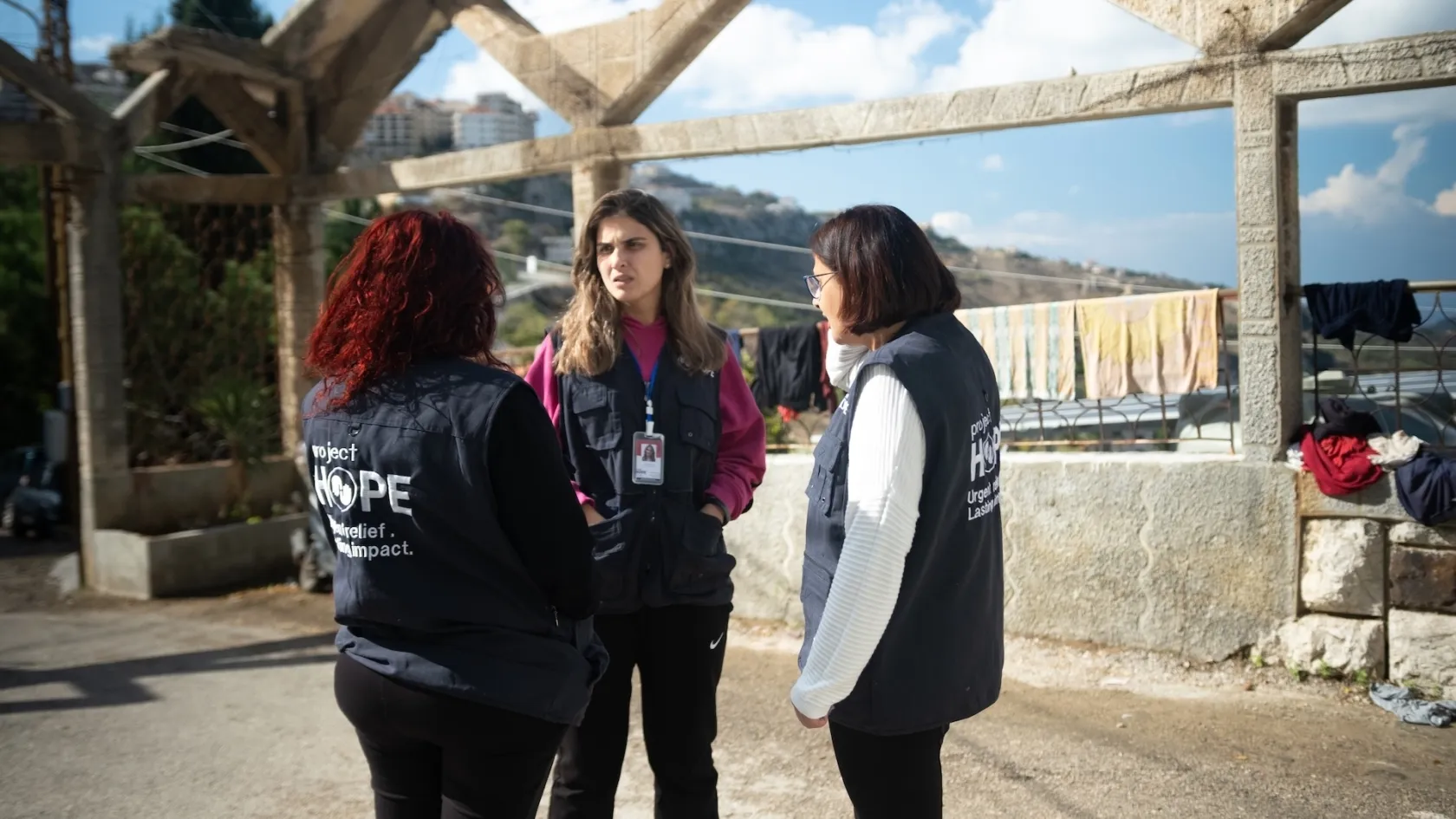Remembering the SS HOPE in Jamaica 1971
“It was 1971,” a nurse chimed in. “I know it because it was my first year here at the hospital. We loved seeing that big white ship in the harbor.”


This week I met a Jamaican man who told me his father worked on the SS HOPE as a painter when it was in the Jamaican port many years ago. He wasn’t sure of the year. I captured his story on video, but can’t post it because his voice is barely audible above the din of the generator National Sports Arena. But I can share with you a photo of his great smile when he finished his recorded story with “OK, that’s enough.”
The next day a group of us visited a hospital, where the Chief Medical Officer said his predecessors spoke highly of the work Project HOPE volunteers did in the early 1970’s related to immunizations and maternity care. “It was 1971,” a nurse chimed in. “I know it because it was my first year here at the hospital. We loved seeing that big white ship in the harbor.”
Ah, the wonder of the Internet. A little sleuthing produced a photo of the SS HOPE in the Jamaican Harbor in 1971. In its previous life, the HOPE was the U.S. Consolation, a hospital ship still sea worthy after WWII and donated by President Eisenhower to become the first peacetime hospital ship in the world.

Apparently we also had a van in 1971. Father Daniel Tormey, a chaplain at the time, is quoted as saying, “The bright white HOPE van bumps along narrow twisting roads to isolated communities like Barking Lodge and Hampton Court. There in the tin roofed shed behind Mr. Smith’s store the HOPE team administers polio and tetanus vaccines. The clients are mothers and babies.”
Another photo I found archived in the vast digital galaxy of the Internet shows a hand written notice of where you could get immunized if you couldn’t make it to Mr. Smith’s store.
A young dentist was also on the SS HOPE in Jamaica and despaired over the hundreds of rotted teeth she had to pull. Rosalie Warpeha, D.D.S. spent the next decade in Jamaica, and then came back to the United States to research a way to improve dental health in her adopted country. She came up with the idea of fluoridating salt, and with charm and savvy got the Jamaican government to agree that the one salt company in Jamaica could and should add fluoride.
Project HOPE’s history began on a ship, with medical volunteers spreading health and hope through 11 missions around the globe from 1960-1973. When the aging HOPE vessel was put out to pasture, so to speak, Project HOPE was already busy focusing on land-based missions, and is now providing medical training and humanitarian aid in more than 35 countries around the world. But hospital ship DNA never left Project HOPE, and when the Navy asked for Project HOPE’s help after the 2004 Tsunami in Asia, 4,000 medical personnel responded, ready to drop everything and fly to Indonesia. We’ve assisted on more than 20 missions since that time, and the good work of HOPE continues both on land and sea.
Just this morning as I walked the main passageway of the USNS Comfort, a tall, thin, young Jamaican nearly leapt from his chair and grabbed my hand. “I’m Michael,” he said. “I just want to thank somebody. My grandmother is getting her cataracts fixed – I’m waiting for her now – and we could never have afforded to have it done if you weren’t here.” Then he gave me a big hug, and I gotta tell you, it felt like forty years of gratitude.”



